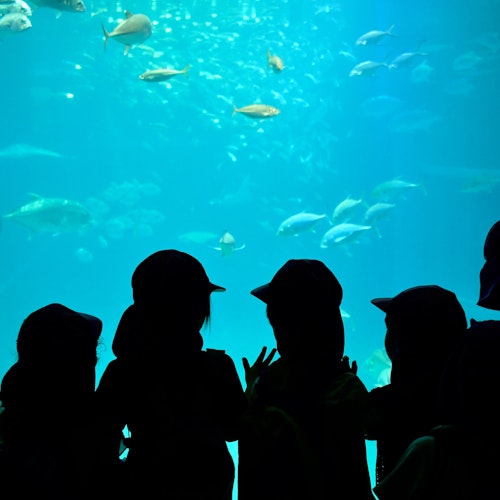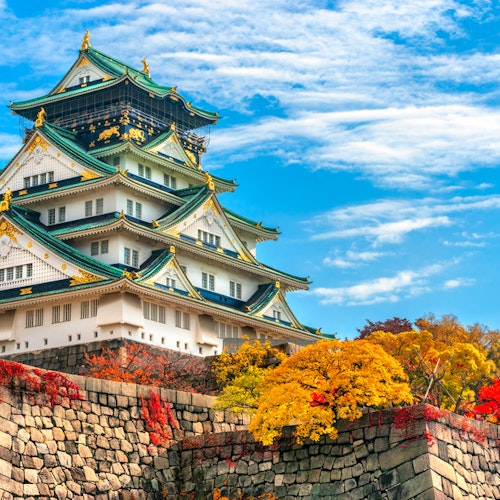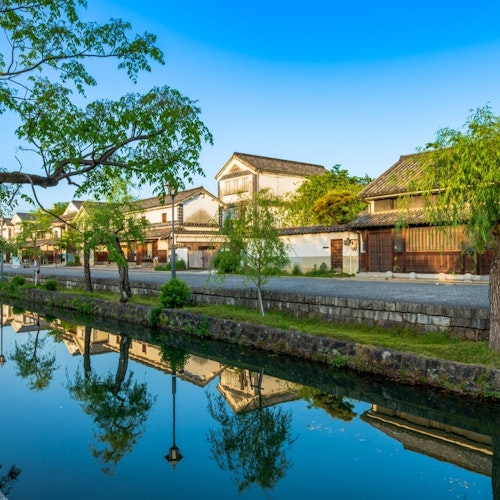
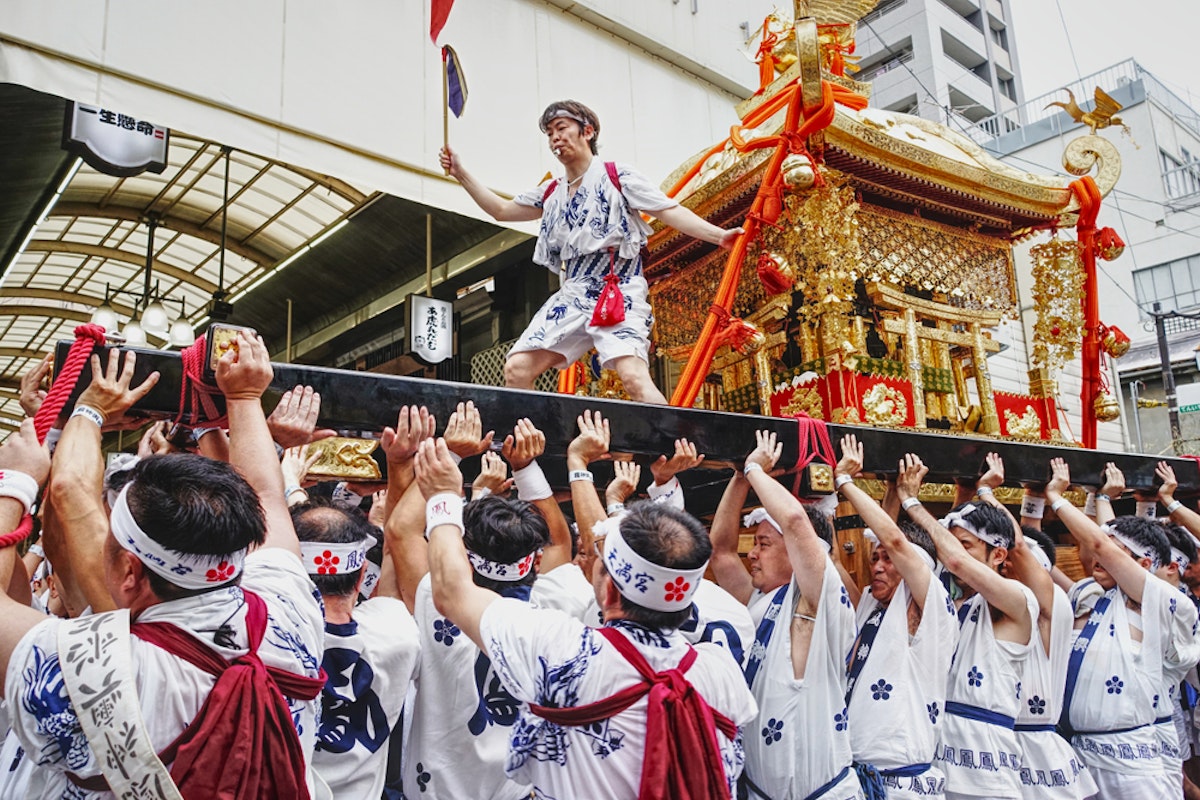
Japan’s summer season is a time of vibrant celebrations, where the air is filled with the sounds of traditional music, the sights of colorful parades, and the smells of delicious street food. Summer festivals, known as "matsuri," are a cornerstone of Japanese culture, offering locals and visitors alike a chance to experience the rich heritage, communal spirit, and sheer joy that these events bring.
From spectacular fireworks displays to energetic dance performances, each festival has its own unique charm and traditions. In this article, we’ll take you on a journey through ten must-see summer festivals in Japan, each offering a glimpse into the heart and soul of this fascinating country.
Gion Matsuri, held in Kyoto throughout July, is one of Japan's oldest and most celebrated festivals, dating back to 869 AD. Originally a purification ritual to ward off plagues, it has evolved into a grand month-long event.
The highlight is the Yamahoko Junko parades on July 17th and 24th, featuring 32 massive, elaborately decorated floats known as "yamaboko." These floats, some towering up to 25 meters and weighing several tons, are adorned with intricate tapestries and carvings.
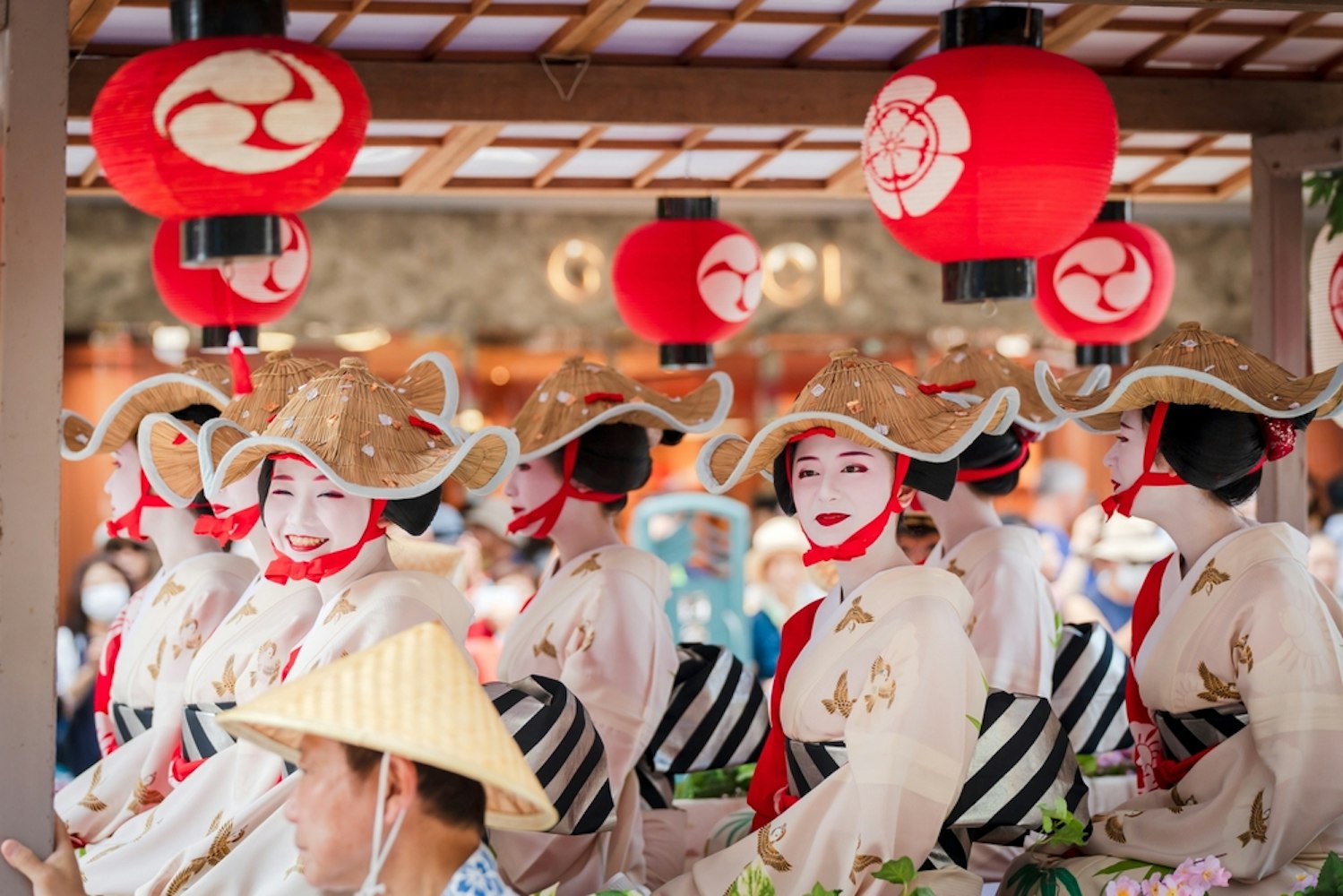
The Yoiyama evenings leading up to the parades (July 14-16 and July 21-23) are filled with food stalls, traditional music, and locals in colorful yukata. The festival also includes the Byobu Matsuri, where residents and shops in the Gion district display valuable family heirlooms and traditional folding screens. Visitors are advised to arrive early to secure prime viewing spots and to explore the festive streets during Yoiyama.
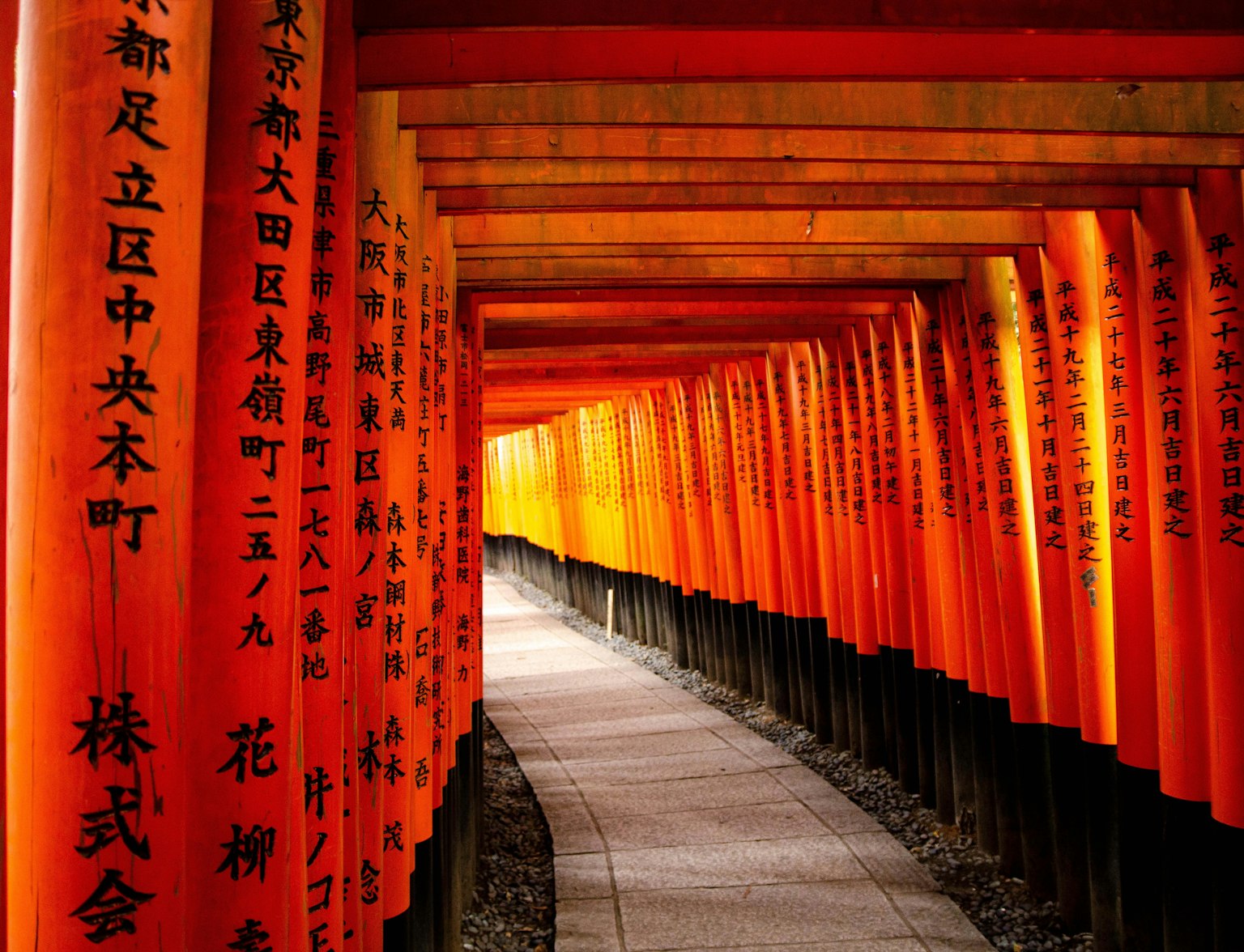
Visit the famous site of Japan's Gion Matsuri summer festival.
Awa Odori, held in Tokushima from August 12th to 15th, is Japan's largest dance festival, drawing over 1.3 million visitors annually. Dating back over 400 years, the festival features thousands of dancers, known as "ren," who perform the lively Awa dance in the streets.
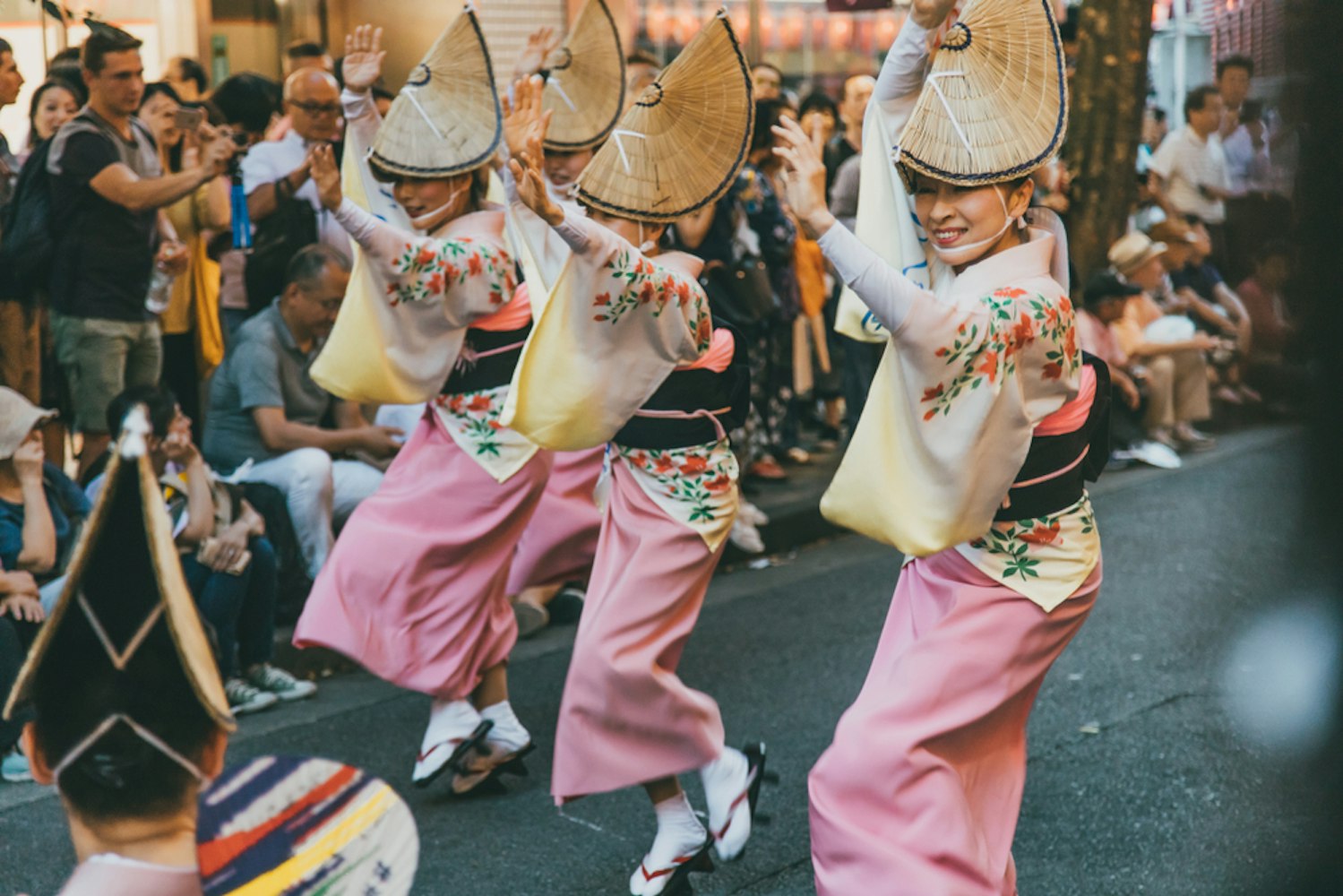
The dance is characterized by rhythmic steps and movements accompanied by traditional instruments like the shamisen, taiko drums, and shinobue flutes. The festival’s infectious energy encourages spectators to join in, blurring the line between performers and audience.
Key spots to enjoy the festival include the dance stages and designated performance areas, where visitors can also participate in public dance sessions. To fully enjoy Awa Odori, it is recommended to reserve seating in advance and explore the various performances and street festivities.
Nebuta Matsuri, held from August 2nd to 7th in Aomori City, is famous for its stunning illuminated floats, or "nebuta," depicting gods, historical figures, and mythical beings. These enormous floats, some reaching over 9 meters in height and 7 meters in width, are intricately crafted from wireframes and brightly colored paper.
They are paraded through the streets by teams of volunteers, accompanied by traditional musicians and energetic "haneto" dancers, who leap and chant to the beat. The festival dates back to the 9th century and symbolizes the spirit of Aomori’s cultural heritage.
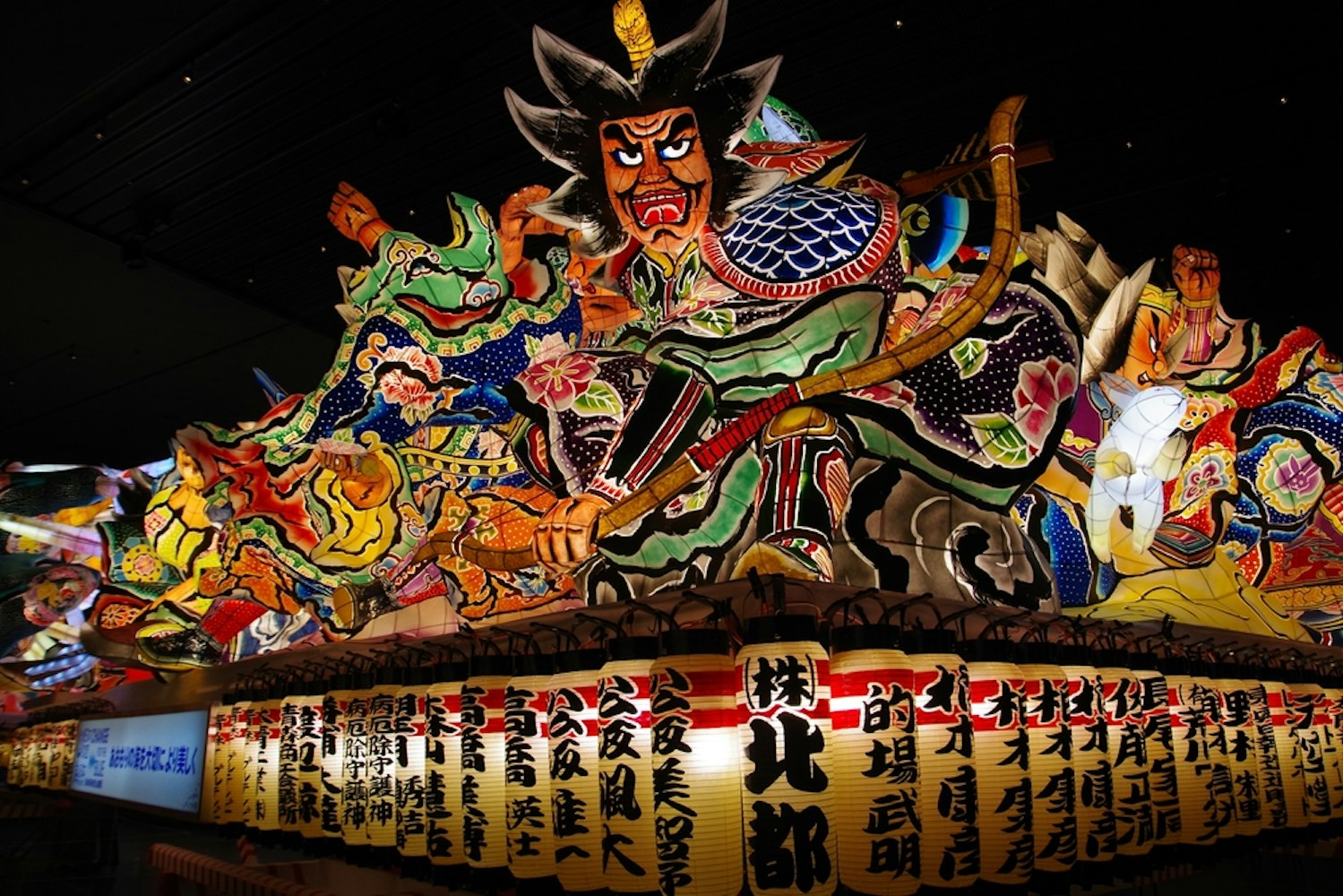
For an immersive experience, visitors should find vantage points along the parade route, particularly near the end where the floats are displayed for close viewing. Participating in the haneto dancing is highly encouraged, with costumes available for rent locally, allowing visitors to join in the lively celebrations.
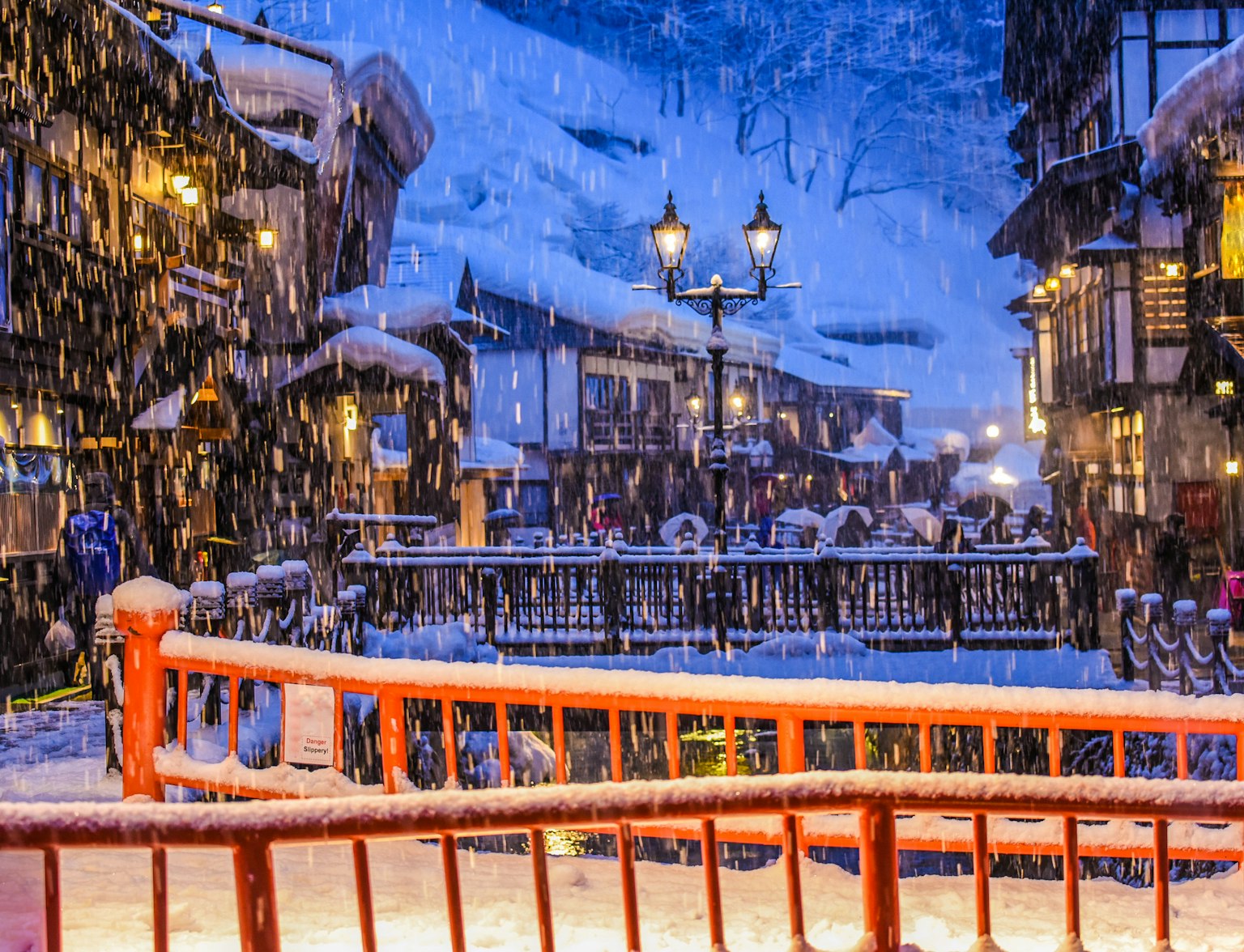
Explore the wonders of Tohoku with the JR EAST PASS.
Tanabata Matsuri, also known as the Star Festival, is celebrated in Sendai from August 6th to 8th. Rooted in the ancient Chinese legend of the star-crossed lovers Orihime and Hikoboshi, the festival marks their annual meeting across the Milky Way.
Sendai’s Tanabata Matsuri is renowned for its stunning decorations, with thousands of colorful streamers and paper ornaments adorning the city. These intricate decorations, made from traditional washi paper, often carry wishes and poetry written by locals and visitors.
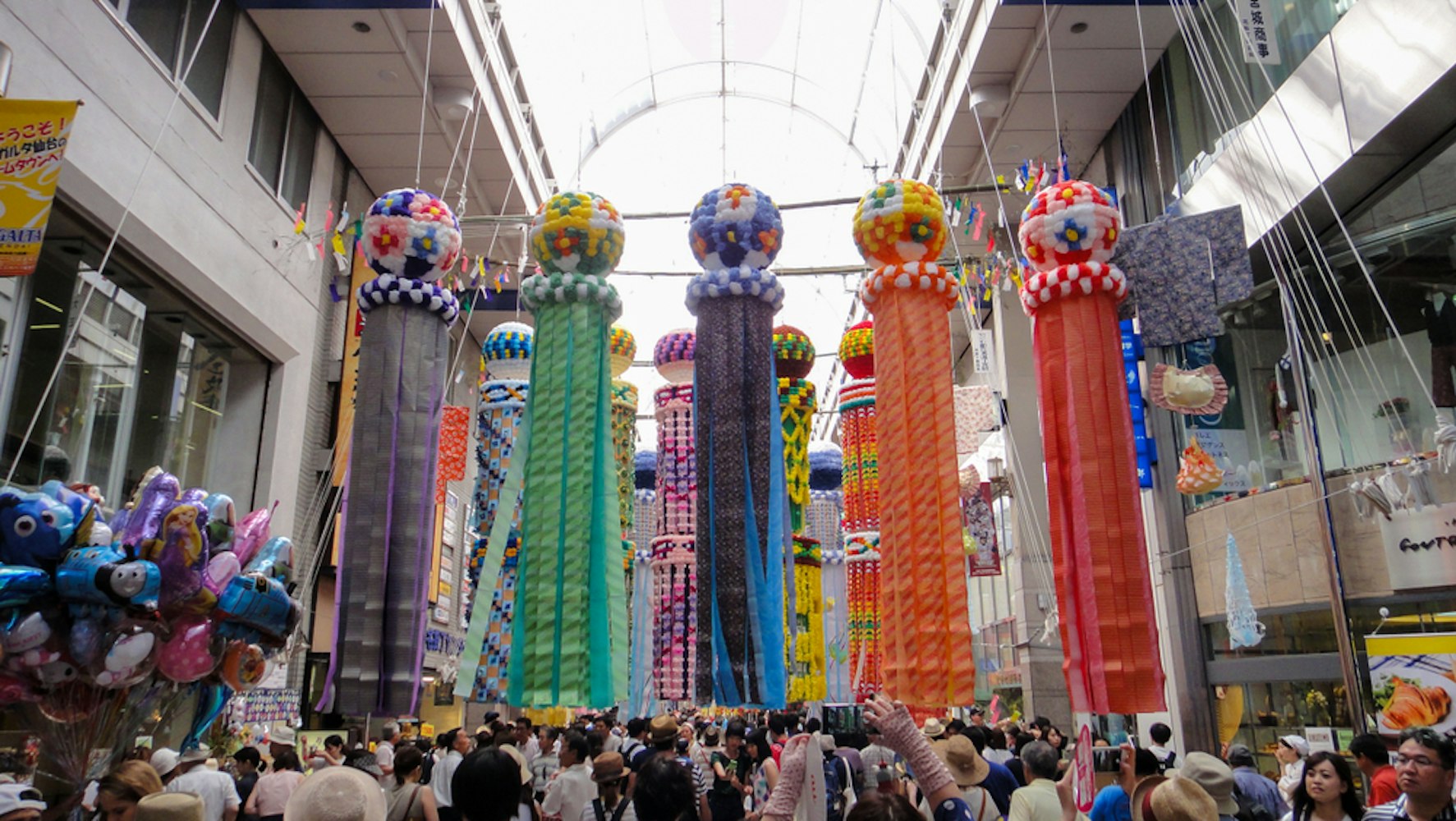
The festival features parades, fireworks, and various cultural performances, creating a vibrant atmosphere. Key spots to experience the festival include the main shopping arcades, where the most elaborate decorations are displayed. To fully enjoy Tanabata Matsuri, visitors should explore the various event venues, participate in traditional activities, and take in the nightly fireworks that light up the summer sky.
Tenjin Matsuri, held annually on July 24th and 25th in Osaka, is one of Japan's top three festivals, celebrating the deity of scholarship and learning, Sugawara no Michizane. The festival dates back over 1,000 years and features a mix of land and river processions.
On the first day, the festivities begin with a grand parade from Tenmangu Shrine, where participants dressed in traditional attire carry portable shrines (mikoshi) through the streets. The second day’s highlight is the river procession on the Okawa River, where boats adorned with lanterns and musicians create a stunning spectacle.
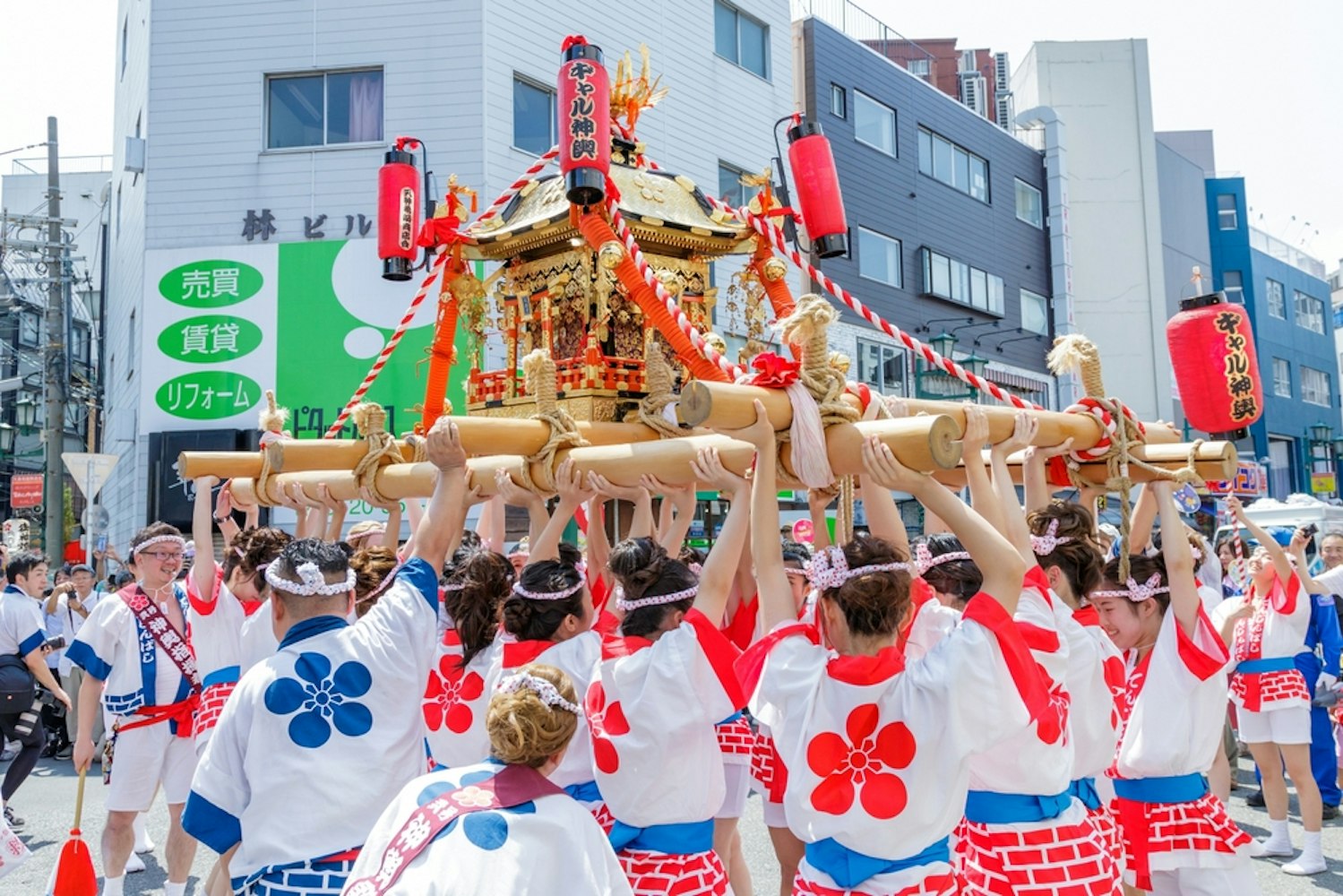
The event concludes with a magnificent fireworks display that illuminates the night sky. Visitors can enjoy traditional performances, food stalls, and various cultural activities throughout the festival. To get the most out of Tenjin Matsuri, it’s advisable to secure a spot along the river for the best views of the boat procession and fireworks.
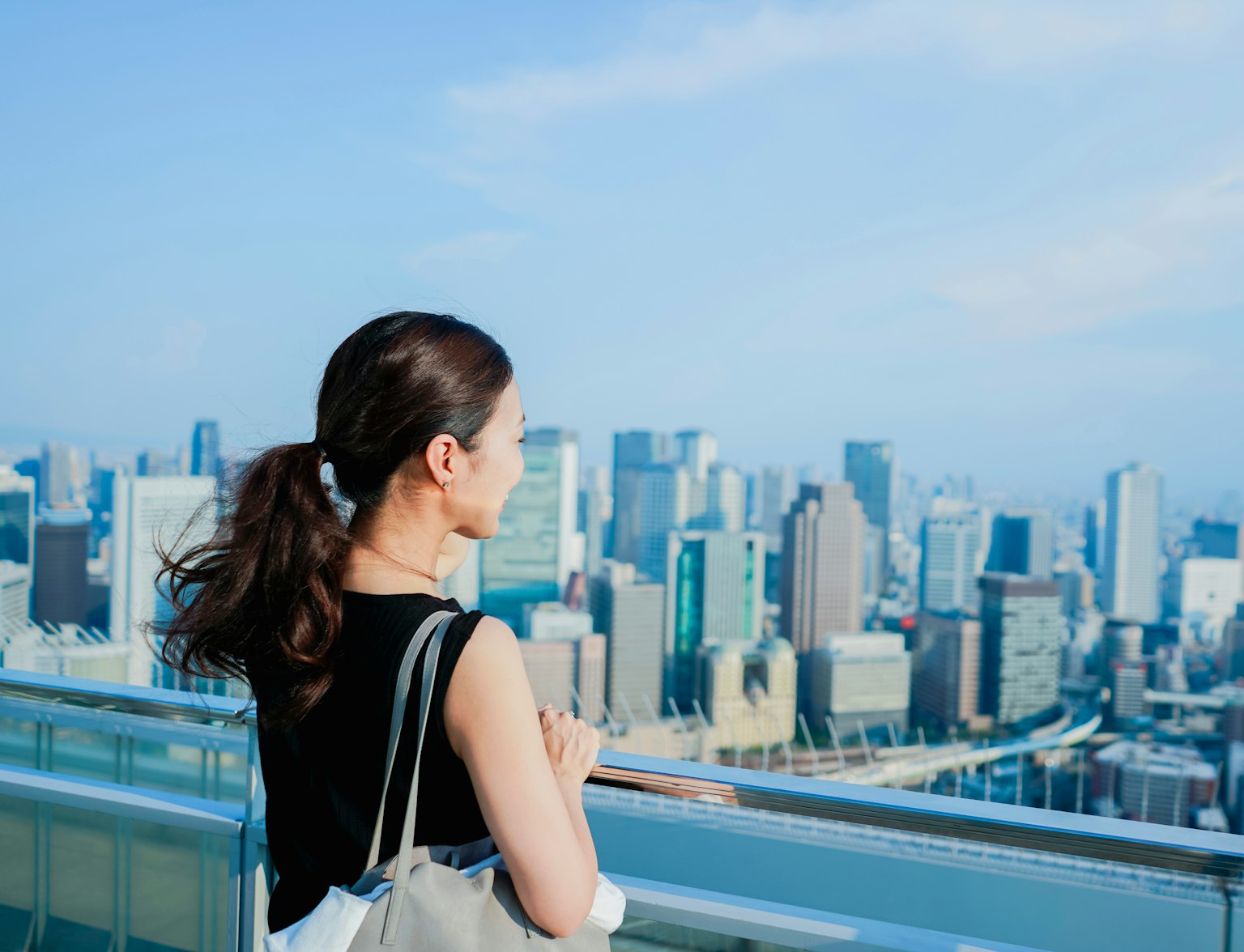
Feel the buzz as you take in all that Osaka has to offer.
Obon, celebrated across Japan in mid-August, is a deeply spiritual festival honoring the spirits of ancestors. The festival lasts for three days and includes various traditions such as the Bon Odori dance, which is performed to welcome the spirits of the deceased.
Each region in Japan has its own unique way of celebrating Obon, but common customs include visiting family graves, lighting lanterns to guide the spirits, and offering food at household altars. Kyoto’s Daimonji Gozan Okuribi, where giant bonfires are lit on the mountains surrounding the city, is one of the most iconic Obon events.
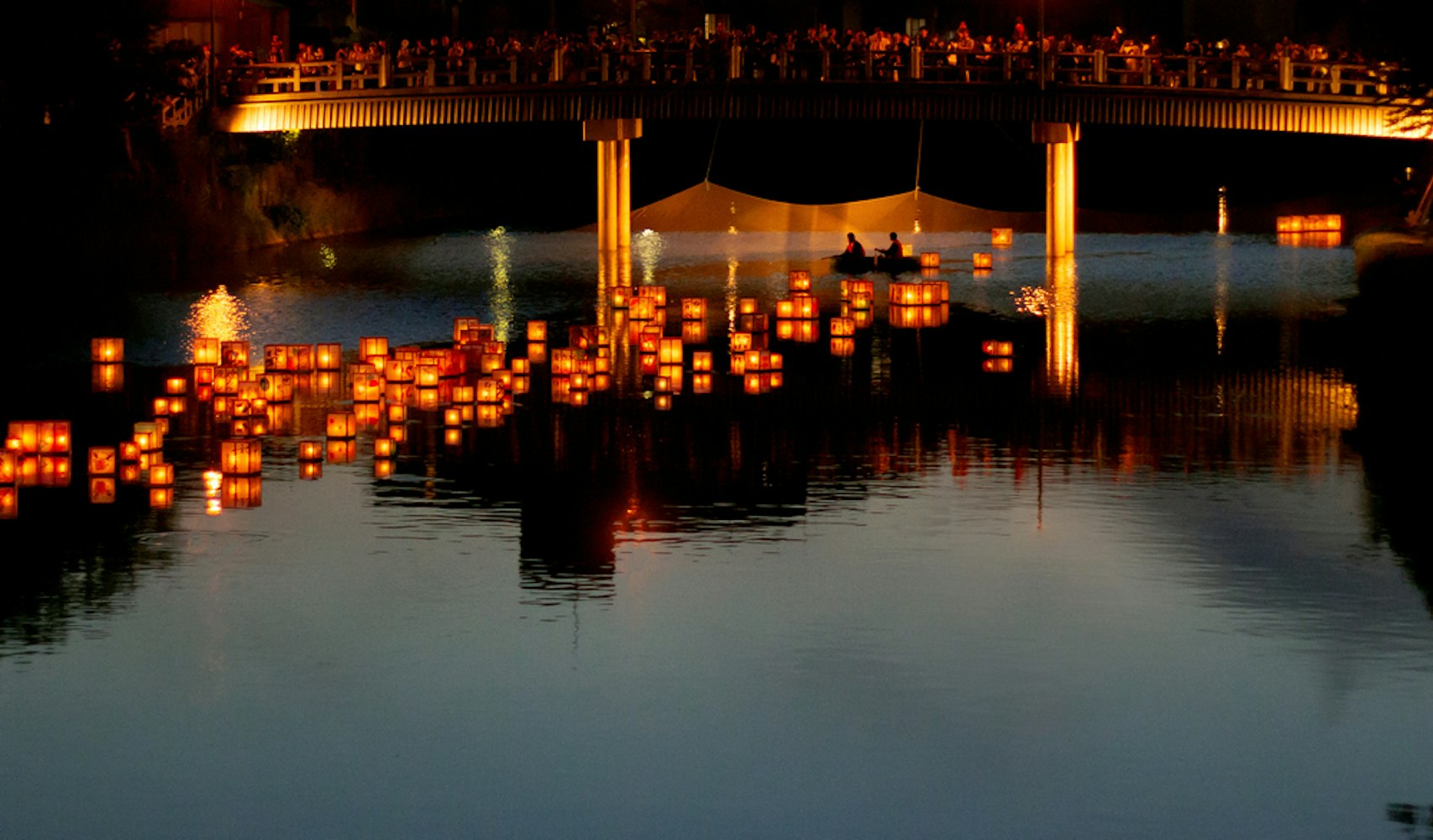
In Tokyo, the Toro Nagashi ceremony involves floating paper lanterns down the Sumida River to send off the spirits. Obon is a time for family gatherings and reflection, and visitors can participate in local events and dances to experience the cultural significance of this festival. It’s recommended to check regional schedules and locations to fully engage with the diverse Obon traditions across Japan.
Kanto Matsuri, held from August 3rd to 6th in Akita City, is one of Japan’s most impressive and visually stunning festivals. The festival's main attraction is the balancing of massive kanto poles, which are long bamboo poles adorned with multiple lanterns.
These poles, some weighing up to 50 kilograms and reaching heights of 12 meters, are skillfully balanced on the palms, foreheads, shoulders, and hips of performers. The festival dates back to the Edo period and is meant to pray for good harvests and dispel evil spirits.
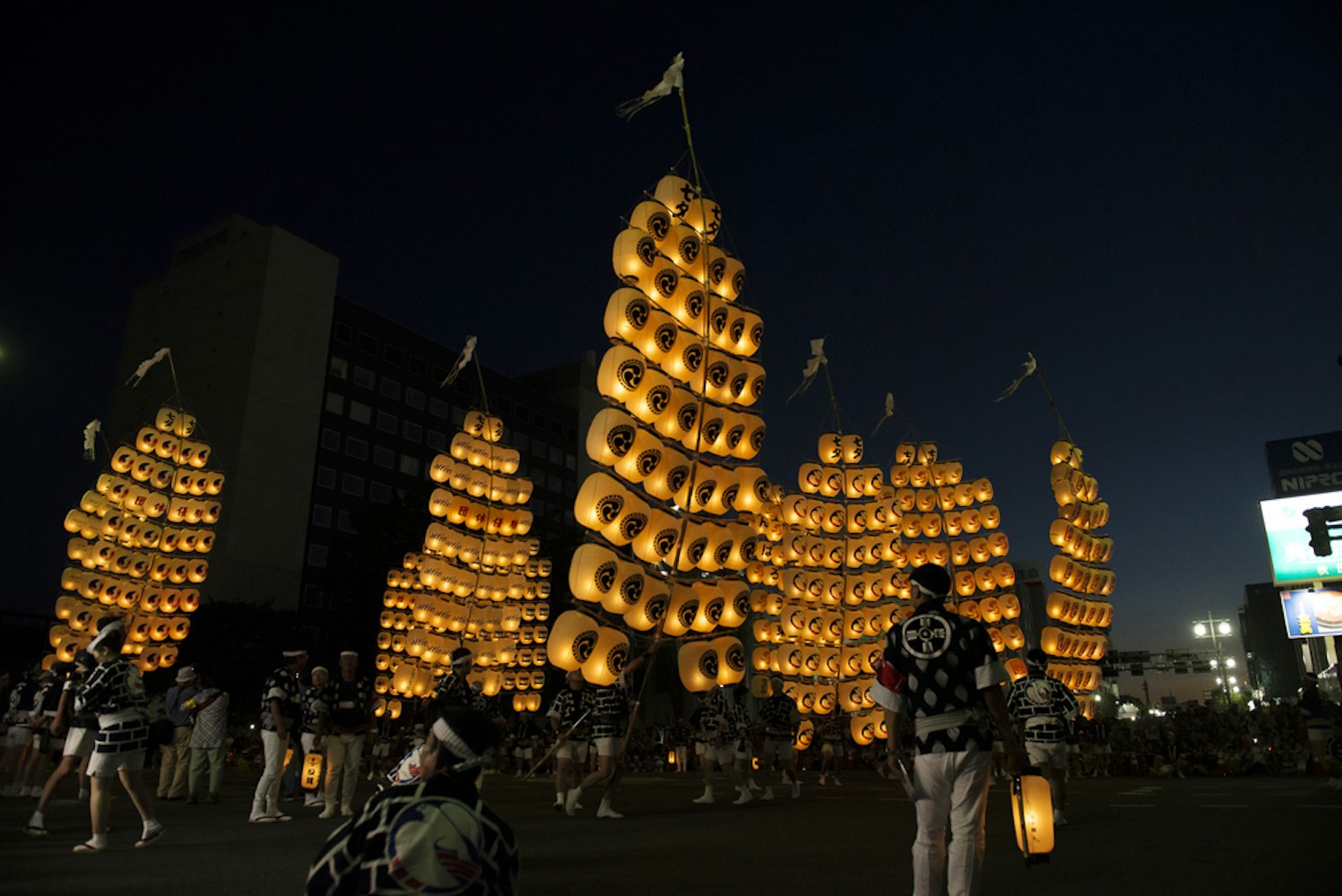
Each evening, hundreds of illuminated kanto poles fill the streets, creating a breathtaking spectacle. Spectators are encouraged to cheer on the performers and even try their hand at balancing a kanto pole during designated times. Key viewing areas include Kanto Odori Street and the festival’s main stage, where various performances and competitions take place. For the best experience, arrive early to secure a good spot and immerse yourself in the lively atmosphere.
The Nagaoka Fireworks Festival, held on August 2nd and 3rd along the banks of the Shinano River in Niigata, is one of Japan’s largest and most spectacular fireworks displays. The festival began in 1946 to commemorate the victims of World War II and has since become a symbol of peace and recovery.
Over 20,000 fireworks light up the sky each night, including the famous "Phoenix" firework, which symbolizes hope and renewal. The fireworks are synchronized with music, creating a mesmerizing experience. Key highlights include the 2-kilometer-long "Niagara Falls" fireworks and the "Star Mines," which fill the sky with bursts of color.
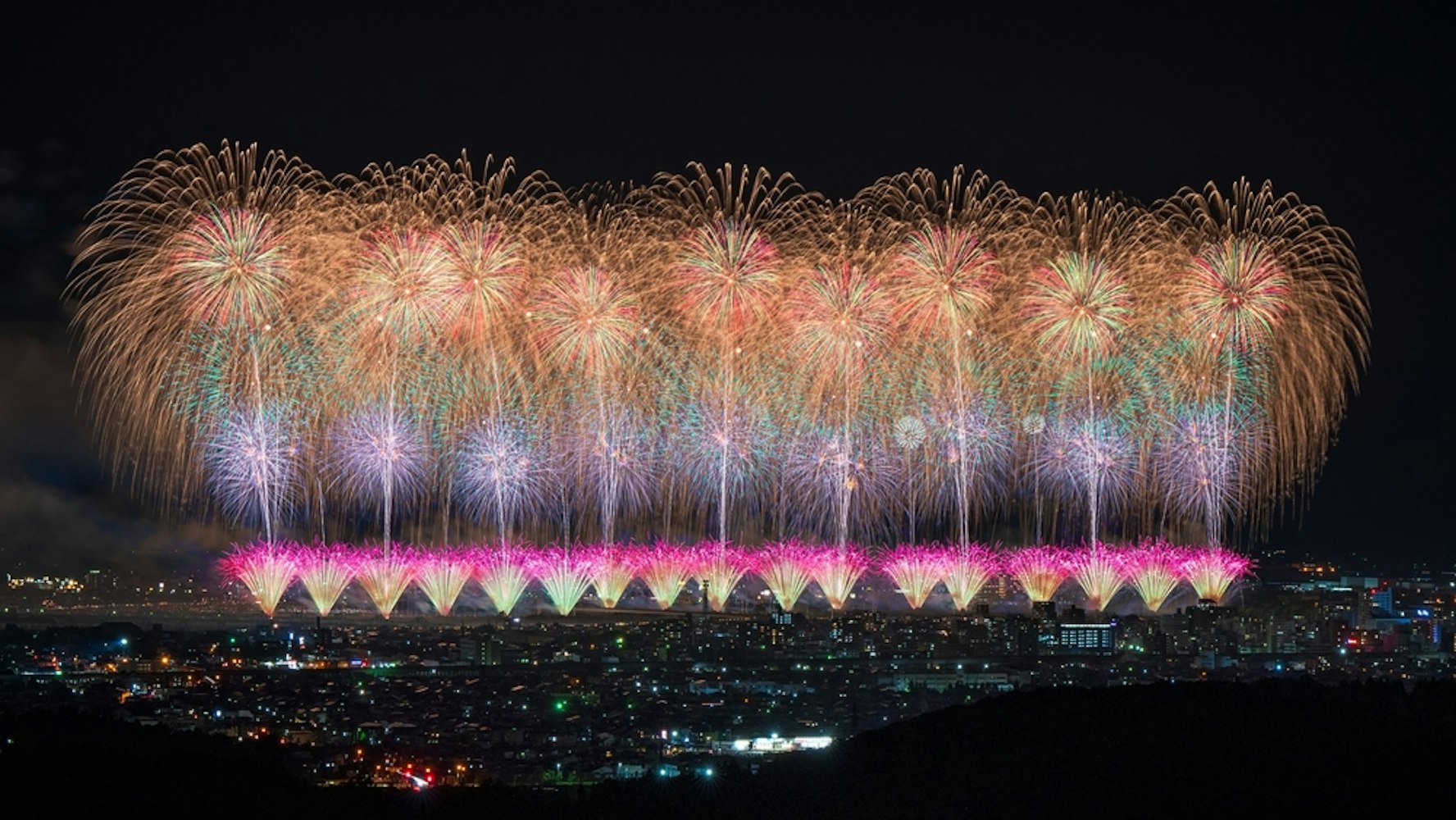
Visitors can enjoy the fireworks from various vantage points along the river, but the best views are from reserved seating areas. To fully enjoy the Nagaoka Fireworks Festival, it’s recommended to book tickets in advance, arrive early, and explore the food stalls and cultural performances that take place throughout the day.
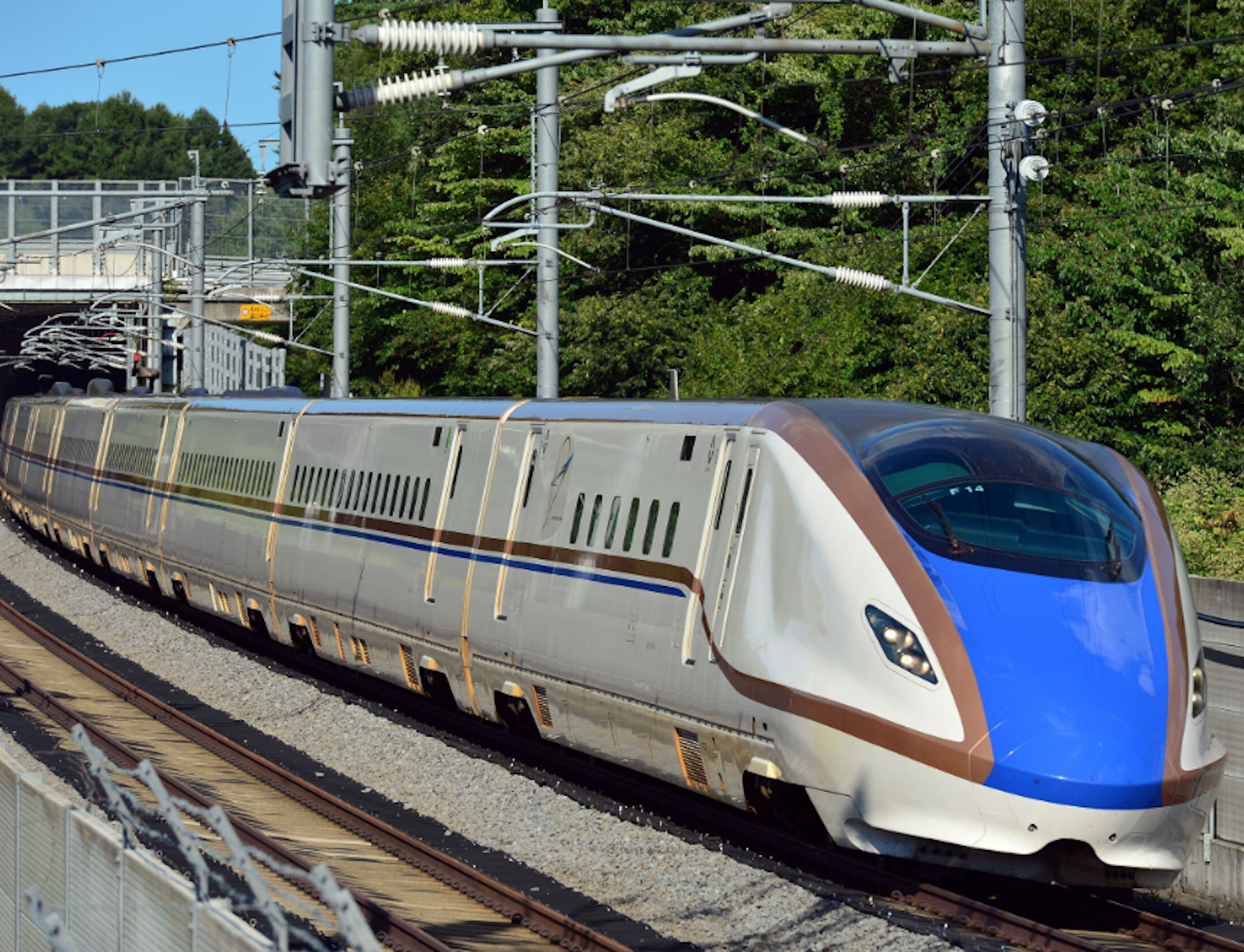
Embark on a seamless journey across Japan with the JR EAST PASS.
Yosakoi Matsuri, held from August 9th to 12th in Kochi City, is a vibrant and energetic dance festival that originated in 1954. The festival features thousands of dancers in colorful costumes performing yosakoi, a unique style of dance that blends traditional and modern elements.
Teams from all over Japan and abroad compete in choreographed routines accompanied by upbeat music and the clacking of wooden naruko clappers. The dances are performed on stages and in parades throughout the city, creating a lively and festive atmosphere. The main venues include the Central Park Stage, Otesuji Street, and Obiyamachi Arcade.

Visitors can watch the performances, join in the dances, and even participate in workshops to learn yosakoi dance moves. To make the most of Yosakoi Matsuri, it’s advisable to check the event schedule, explore different performance areas, and immerse yourself in the energetic spirit of the festival.
The Sumida River Fireworks Festival, held annually on the last Saturday of July in Tokyo, is one of Japan’s oldest and most famous fireworks displays. Dating back to 1733, the festival was originally organized to ward off evil spirits and bring prosperity.
Today, it attracts over a million spectators who gather along the Sumida River to watch the stunning fireworks show. The festival features around 20,000 fireworks launched from two sites along the river, creating a breathtaking spectacle of color and light.
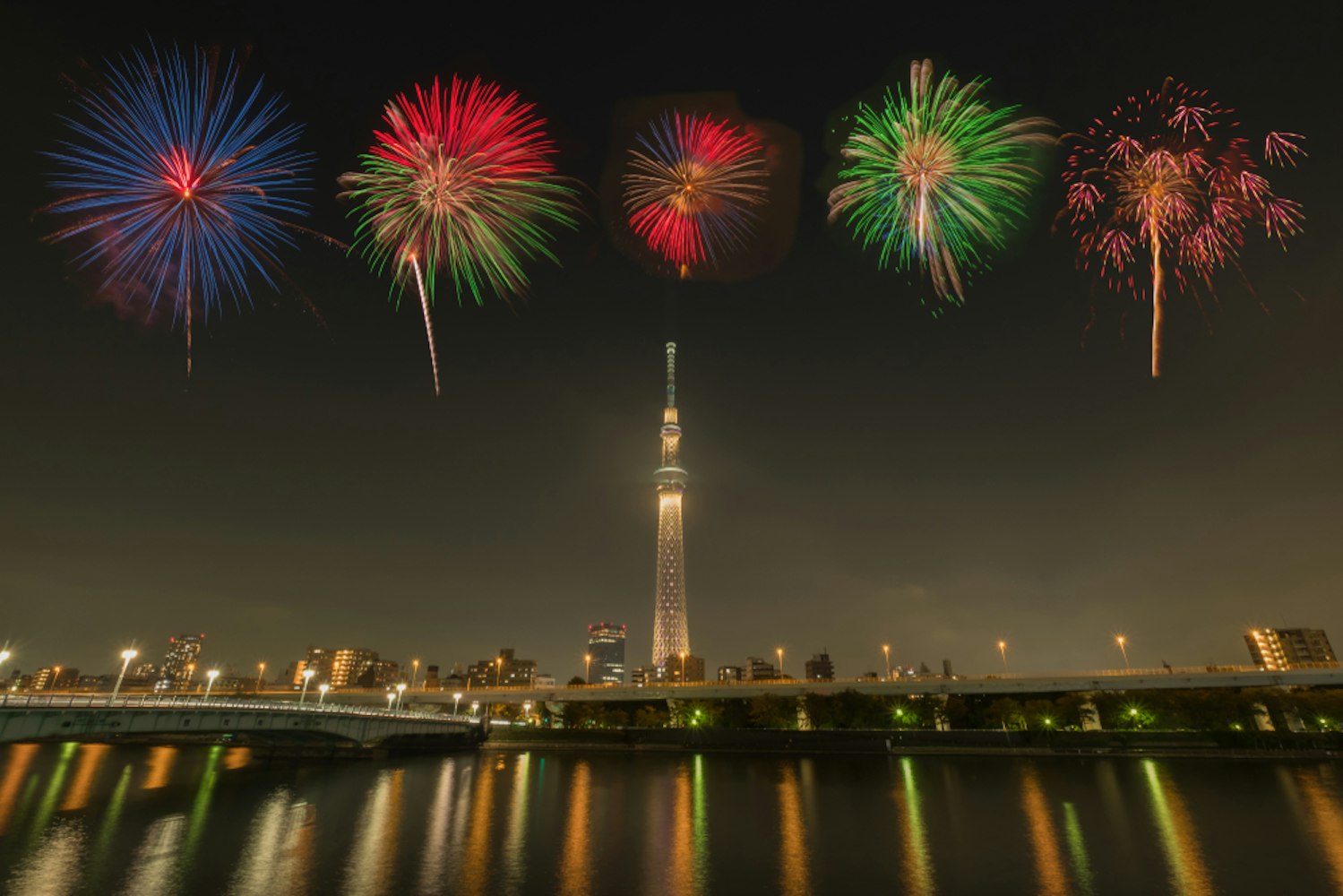
Key viewing spots include Sumida Park, Asakusa, and the bridges spanning the river. To enjoy the festival, it’s recommended to arrive early to secure a good spot, bring a picnic, and enjoy the festive atmosphere with food stalls and traditional entertainment.
For a unique experience, consider booking a river cruise or reserving a seat in one of the rooftop restaurants overlooking the river. The Sumida River Fireworks Festival offers a perfect blend of historical significance and modern-day celebration, making it a must-see event in Tokyo.
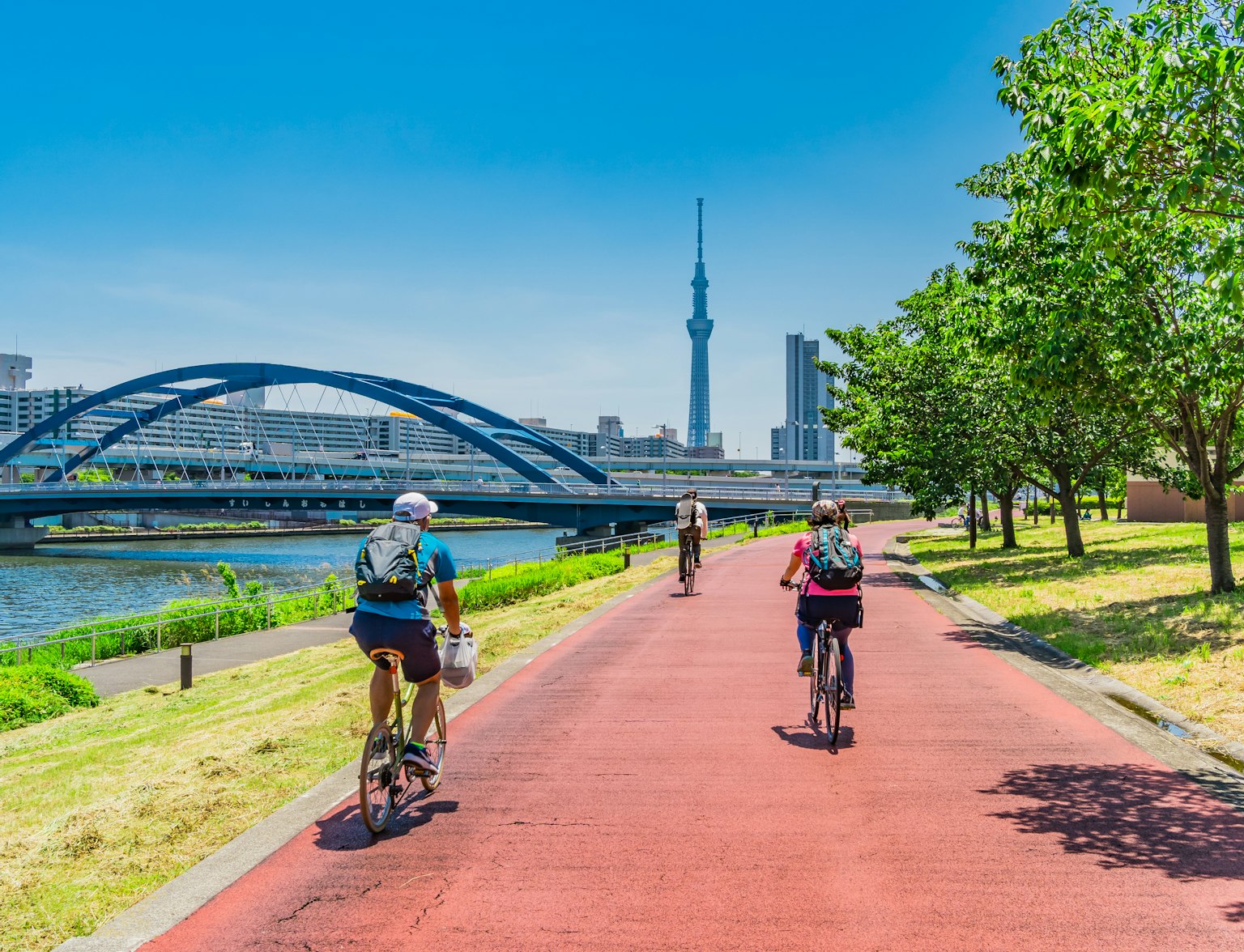
Discover Tokyo's eastern wonders on a 3-hour bike tour.
Japan's summer festivals are a vibrant celebration of culture and community. From Kyoto's grand Gion Matsuri and Tokushima's lively Awa Odori to the illuminated floats of Aomori's Nebuta Matsuri and the dazzling Sumida River Fireworks in Tokyo, each event offers a unique glimpse into Japan's rich traditions.
So, mark your calendars and prepare to immerse yourself in the lively and colorful world of Japan’s summer festivals. These events are more than just celebrations; they are a testament to the enduring spirit and cultural heritage of Japan, inviting you to be part of a time-honored tradition that captivates the heart and soul.
